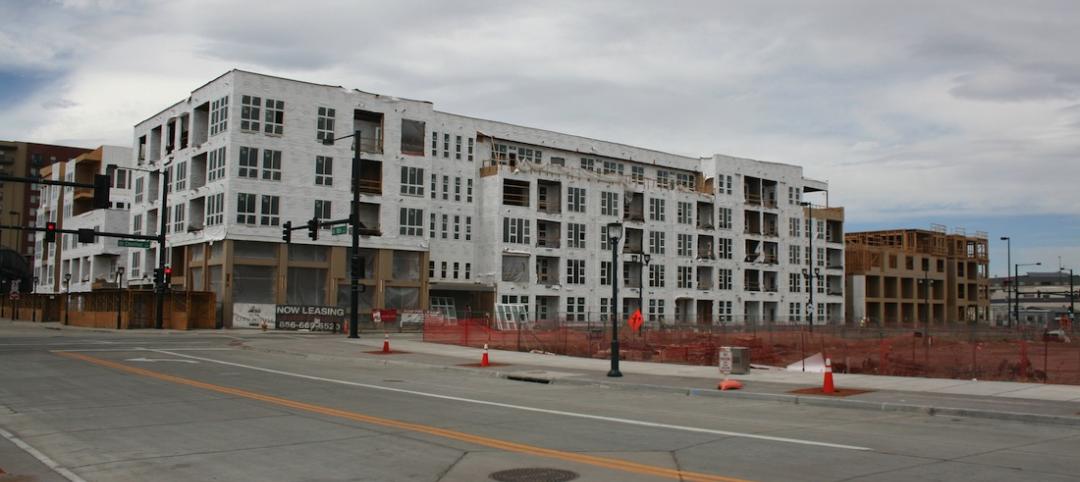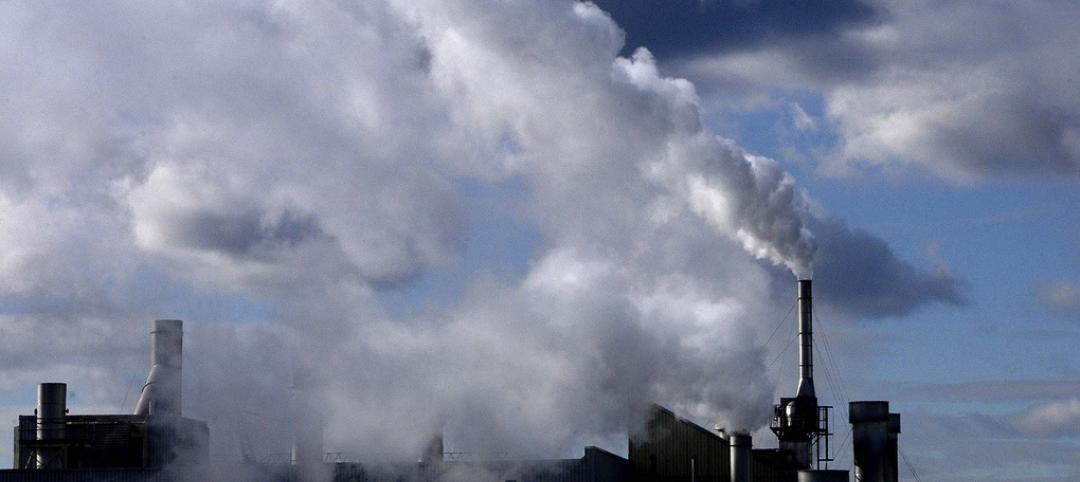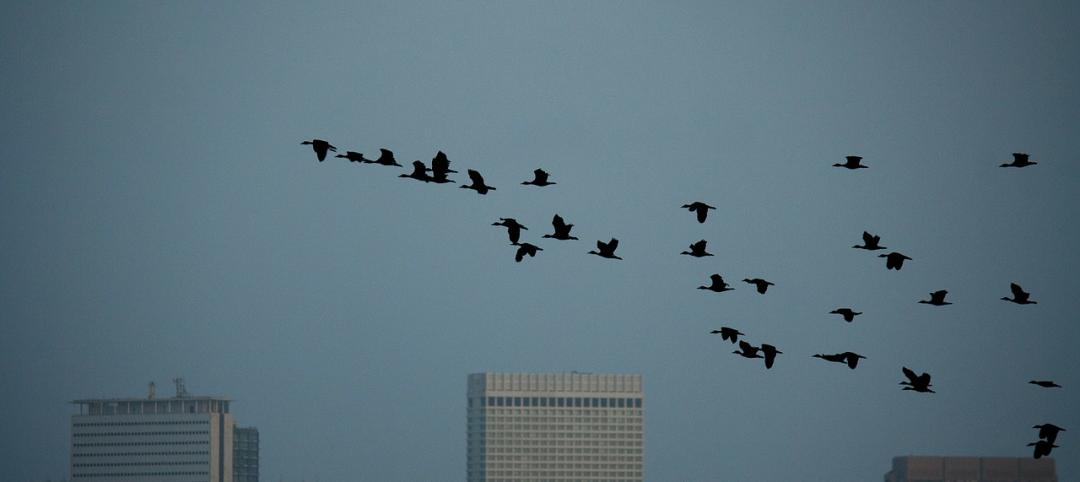New York State’s Labor Law Section 240, commonly known as the “Scaffold Law,” is often seen as the bane of the construction industry in the state. This law puts what is known as strict liability on contractors and owners for accidents involving elevation that occur at construction sites. This “strict” liability means that, if no adequate safety devices were made available for the worker, and the injury is a result of covered activity, the worker’s own conduct is not a defense against any lawsuit.
As recent rulings at the Appellate Division Courts in New York show, one of the biggest problems for owners and contractors is that, while liability under the law is strict, knowing when it will apply is often less so.
In the simplest terms, the scaffold law imposes liability on owners and contractors for injuries sustained by workers due to elevation related hazards, if they had failed to make adequate safety devices available. The statute lists both devices that should be provided, and tasks that are covered. Where it becomes difficult is in determining such things as whether the injured worker was performing a task covered by the statute, whether the injury was caused by a risk covered by the statute, whether the safety device provided was adequate, and whether the worker’s actions were the sole cause of the injury.
Owners and contractors need to be aware that the courts in New York will often seem to apply the law in an expansive manner, to determine that the injured worker’s activities or that the happening of the accident were such that are covered by the statute.
Recent Court Rulings on Section 240
In a recent case decided by the Second Appellate Department, an injured worked was found to be entitled to the protections of Labor Law 240 when he fell from an elevated platform while waiting for an elevator to take him to start work at a construction site due to a guardrail giving way. The court ruled that the statute required proper safety devices for workers to gain access to work site where there are elevation-related risks. In addition, it was determined that, as getting to and from the work area are necessary activities to perform the work in question, the fact that the accident happened while waiting for the elevator did not remove the protections of Section 240.
The First Department recently decided a case involving a worker who was injured when his leg went part-way into a hole that had been inadequately covered by plywood, while working below grade level. The Court held that he was still covered by the protections of Section 240(1), despite the location of the accident and his leg not falling all the way through.
It’s also important to remember that, in addition to providing the required safety equipment, the equipment provided must be adequate to the task. For example, the First Department recently granted summary judgment for a plaintiff who was injured when the ladder he was using slid on a concrete floor due to the ladder not having rubber feet. So, even though a safety device was provided to the worker, as it was not adequate to prevent his injury, liability under the law was found.
While the law requires proper safety devices to protect against elevation-related hazards, if the device itself causes the injury, it will be found to be an injury contemplated by the law. In a recent First Department case, the Court found in favor of a worker who claimed to have been injured when the jack he had been provided with in order to lift a steel beam fell on him. The Court found that it didn’t matter whether he was struck by the jack or by a beam falling from the jack, either way the jack failed to do what it was supposed to do.
Injured workers are also not required to show exactly how the accident happened, so long as the accident was one which was contemplated by the protections required under the statute. The First Department ruled in May that a worker who was struck by falling rebar was not required to show whether the rebar was dropped by a coworker or fell in some other manner. All that was important was that the rebar was material that should have been secured to prevent just such an occurrence.
Just providing safety equipment isn’t enough. You also need to make sure that the equipment you’ve provided is correct for the job at hand. The First Department affirmed summary judgment for a worker who was injured when a portion of the sidewalk bridge on which he was working collapsed. The worker had been provided with a safety harness, but he had testified that he couldn’t wear it while working on the bridge because the lifeline, which he had used while working on a scaffold at the site, couldn’t be used on the bridge. Therefore, it is incumbent to provide adequate safety devices to protect workers during any elevation-related tasks they might be performing at the job site.
The law requires proper safety devices for cleaning, but routine cleaning is not covered by this. But courts can find that what one side may consider to be routine maintenance, and therefore not subject to the requirements of Labor Law 240, is, in fact, a covered activity. For example, the Fourth Department held that a building maintenance worker who fell from a ladder while removing a bird’s nest was engaged in nonroutine cleaning, and therefore entitled to the protections of the law. This was, in part, because the task was one which was not part of his usual job duties
Conclusion
So, what can contractors and property owners take away from this? Unfortunately, it seems impossible to protect against any and all claims under Labor Law 240. The best course of action is to do what you can to ensure that adequate safety devices are provided whenever you have people working with elevation-related risks at your job sites. Liability under Labor Law 240 can only attach if no proper safety devices were provided.
About the Author
Andrew Koenig, Esq.
Associate Attorney | The Platta Law Firm, PLLC
Andrew has spent many years litigating construction accident cases, for both defense and plaintiff, most of which deal with Labor Law 240.
Related Stories
Resiliency | Jan 13, 2016
LEED credits on resiliency expected to influence future of building design
Post-disaster survivability is a key goal.
Codes and Standards | Jan 12, 2016
Batteries are the next step in raising sustainability standards
Battery technology will reduce electricity costs and promote a more stable, flexible grid.
Codes and Standards | Jan 4, 2016
Denver broadens its use of design reviews as construction booms
Support strong, but some wary of giving more say to review boards.
Codes and Standards | Dec 23, 2015
International Code Council approves updates based on NIST study of Joplin, Mo. tornado
Applies to schools and other high occupancy buildings.
Codes and Standards | Dec 21, 2015
Changing building codes to protect against mass shootings at odds with other safety measures
Fire and other emergencies require getting people out quickly, not locking down sections.
Codes and Standards | Dec 18, 2015
Codes should be updated to reflect lessons learned from recent extreme weather events
More can be done to boost resiliency to flooding, extended power outages.
Codes and Standards | Dec 13, 2015
Los Angeles launches ‘Drop 100′ campaign to reduce water use in commercial buildings
Goal is to save 100 million gallons annually.
Codes and Standards | Dec 1, 2015
More than 50 design, construction, and real estate firms urge action on climate change
Call for policymakers to move on one of the ‘greatest economic opportunities of the 21st Century’
Codes and Standards | Oct 26, 2015
Chicago suburb considers bird collision deterrent requirement on all new buildings
The rule would mandate that new commercial, multifamily structures comply with LEED pilot program.
Codes and Standards | Oct 16, 2015
Anchorage may raise building height restrictions that would block precious winter sunlight
Controversial measure is part of plan to spur development.

















